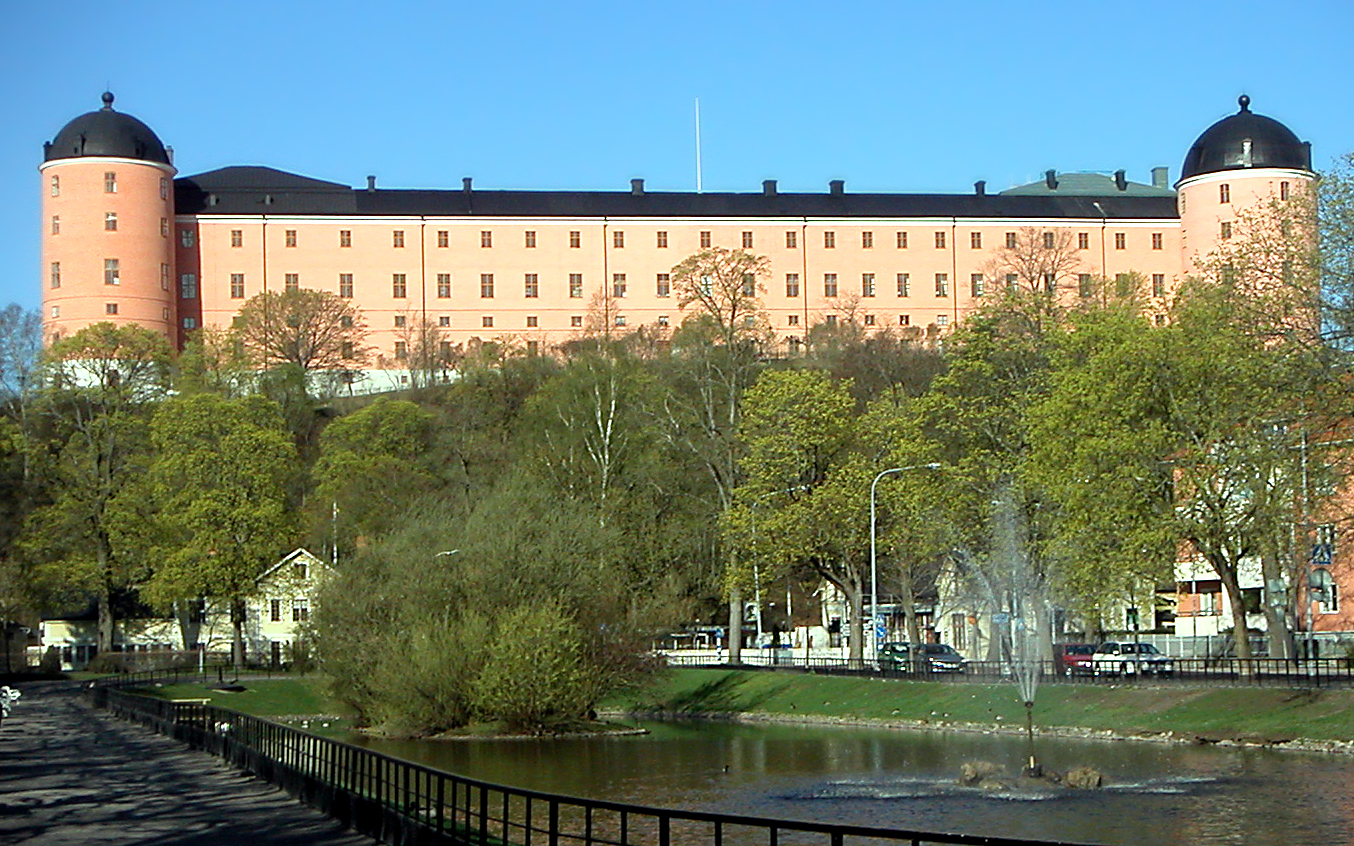|
Lasse From Huittinen
Lasse (died September 1488) was a Finnish thief from Huittinen, who stole from dozens of churches in Sweden. He was eventually sentenced to death for his actions. Lasse was born in Huittinen, though his date of birth and his life before moving from southwestern Finland to Sweden are unknown. Information about him is principally from court documents dating from September 1488. Lasse was caught and charged with dozens of burglaries in different churches before being sentenced to death by hanging. Lasse named 36 churches that he had broken into, and told about other churches that he did not know by name. There were possibly a total of fifty break-in targets. In only two cases did the break-in to the church fail, in Kalmar and Löt, both located in Uppland. He was called "the great church thief". Along with Upland, Lasse made burglarious trips along Mälaren in Södermanland and Västmanland and also broke into a church in Västergötland and two churches in Östergötland, as well as ... [...More Info...] [...Related Items...] OR: [Wikipedia] [Google] [Baidu] |
Huittinen
Huittinen () is a town and municipality in Finland. It is located in the Satakunta region, southeast of Pori and southwest of Tampere. The town has a population of () and covers an area of of which is water. The population density is . The town is unilingually Finnish. Municipality of Vampula was consolidated with Huittinen on 1 January 2009. The Huittinen coat of arms is designed by Erkki Honkanen in 1953. Risto Ryti, the president of Finland in 1940–44, was born in Huittinen in 1889. History In 1904, one of Finland's most famous ancient objects, the Elk's Head of Huittinen from the Stone Age, was found in the village of Palojoki in Huittinen. It is now in the National Museum. In addition to the artefact finds, there is a comb ceramic residence in Korkeakoski and a younger burial site in Sammu village, as well as some cemeteries. Researchers have concluded that the Huittinen got their first inhabitants mainly from the northwest, from the direction of the lower cour ... [...More Info...] [...Related Items...] OR: [Wikipedia] [Google] [Baidu] |
Uppsala
Uppsala ( ; ; archaically spelled ''Upsala'') is the capital of Uppsala County and the List of urban areas in Sweden by population, fourth-largest city in Sweden, after Stockholm, Gothenburg, and Malmö. It had 177,074 inhabitants in 2019. Located north of the capital Stockholm, it is also the seat of Uppsala Municipality. Since 1164, Uppsala has been the ecclesiology, ecclesiastical centre of Sweden, being the seat of the Archbishop of Uppsala, Archbishop of the Church of Sweden. Uppsala is home to Scandinavia's largest cathedral – Uppsala Cathedral, which was the frequent site of the coronation of the Swedish monarch until the late 19th century. Uppsala Castle, built by King Gustav I of Sweden, Gustav Vasa, served as one of the royal residences of the Swedish monarchs, and was expanded several times over its history, making Uppsala the secondary capital of Sweden during its Swedish Empire, greatest extent. Today, it serves as the residence of the Governor of Uppsala County ... [...More Info...] [...Related Items...] OR: [Wikipedia] [Google] [Baidu] |
15th-century Criminals
The 15th century was the century which spans the Julian calendar dates from 1 January 1401 (represented by the Roman numerals MCDI) to 31 December 1500 (MD). In Europe, the 15th century includes parts of the Late Middle Ages, the Early Renaissance, and the early modern period. Many technological, social and cultural developments of the 15th century can in retrospect be seen as heralding the "European miracle" of the following centuries. The architectural perspective, and the modern fields which are known today as banking and accounting were founded in Italy. The Hundred Years' War ended with a decisive French victory over the English in the Battle of Castillon. Financial troubles in England following the conflict resulted in the Wars of the Roses, a series of dynastic wars for the throne of England. The conflicts ended with the defeat of Richard III by Henry VII at the Battle of Bosworth Field, establishing the Tudor dynasty in the later part of the century. Constantinople ... [...More Info...] [...Related Items...] OR: [Wikipedia] [Google] [Baidu] |

